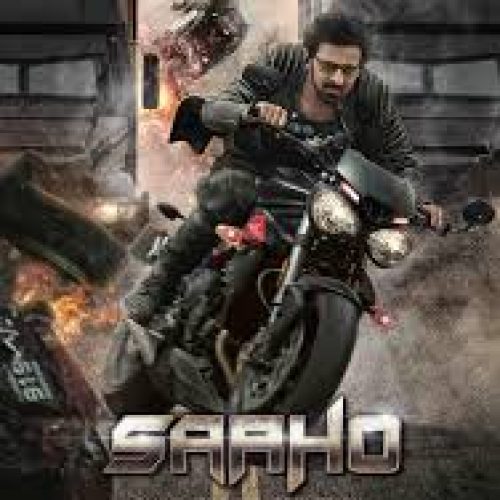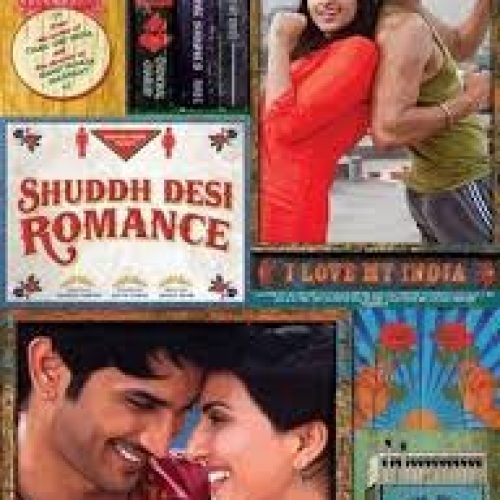Power struggles, underworld rivalries, and political corruption in the heart of Mumbai form the backdrop of Mumbai Saga. Directed by Sanjay Gupta, the film stars John Abraham, Emraan Hashmi, Suniel Shetty, and Kajal Aggarwal, bringing together a powerhouse cast in a gritty action-crime thriller. Set in the 1980s and ’90s, Mumbai Saga explores the transformation of Bombay (now Mumbai) from a city ruled by mills to one dominated by gangsters. The film fits squarely into the gangster drama genre, with its gritty portrayal of crime, power, and vengeance in an era of political and economic upheaval.
The story centers on Amartya Rao, played by John, who rises from a common man to a feared underworld figure. The plot begins with Rao’s personal tragedy, which propels him into the criminal world as he seeks revenge against those who wronged his family. Alongside the gang wars, a parallel narrative unfolds involving Vijay Savarkar, a no-nonsense cop played by Emraan, who is determined to bring down the rising ganglord. As their worlds collide, the film portrays a dangerous cat-and-mouse game where alliances shift and power comes at a deadly cost. Amidst the violence, Rao must navigate loyalty, betrayal, and survival, as his actions have ripple effects not just on his own life but on the entire city of Mumbai.
One of the film’s standout elements is its performances. John, who is often associated with intense, action-heavy roles, delivers a performance that balances physicality with vulnerability. As Amartya Rao, he portrays a man shaped by circumstances and driven by vengeance, but there’s a brooding depth to his character. His transformation from a humble mill worker to a feared gangster feels authentic, and he commands the screen with his stoic presence, especially in the action sequences. Emraan, as the relentless police officer Savarkar, plays the perfect foil to John’s intense criminal mastermind. His portrayal of a cop torn between his duty and the moral compromises he must make to capture Rao is both compelling and restrained, adding a layer of complexity to the typical good-vs-evil narrative.
The direction by Sanjay plays a crucial role in capturing the gritty atmosphere of the crime world in Mumbai. Known for his stylized action dramas like Shootout at Lokhandwala, Gupta uses a similar formula here, emphasizing larger-than-life action sequences, sharp dialogue, and intense standoffs. The pacing of the film is relentless, with rapid shifts between action-packed scenes and moments of tension that keep the audience on edge. However, while the action is choreographed well, particularly in the larger gang war scenes, there are moments where the film relies too heavily on genre clichés, which somewhat undermines the freshness of the story.
Visually, the film succeeds in recreating the look and feel of the time period. The cinematography by Shikhar Bhatnagar emphasizes the dark and murky streets of Mumbai, often bathed in shadows and fog, which enhance the menacing tone of the film. The scenes set in the narrow, claustrophobic alleys of the city capture the tension and the imminent danger that lurks at every corner. The film also effectively uses the changing skyline of Mumbai as a metaphor for the city’s transition from a working-class mill town to a bustling urban jungle controlled by ruthless power brokers.
The music and background score by Yo Yo Honey Singh and Tanishk Bagchi are designed to amplify the film’s dramatic tone. The soundtrack fits well with the themes of power and dominance, with heavy, pulse-pounding beats underscoring the action sequences. However, while the music adds to the intensity, there are moments where it feels overused, almost overpowering the quieter, more introspective moments of the film. On the plus side, the songs do not feel out of place and blend well with the overall mood of the film, even though they may not be particularly memorable in isolation.
The film’s editing, by Bunty Nagi, keeps the narrative tight, with quick cuts that add to the fast-paced storytelling. The transitions between scenes are smooth, and the back-and-forth between the underworld and law enforcement is handled effectively without making the film feel disjointed. However, there are times when the film’s narrative feels slightly predictable, particularly in how it follows the template of a typical gangster drama. The plot twists, while impactful, don’t stray far from the established conventions of the genre, and the film’s attempt to explore deeper political themes feels somewhat underdeveloped.
The film’s exploration of Mumbai’s socio-political landscape, while intriguing, remains more of a backdrop than a fully fleshed-out theme. The rise of gangsters and their connection to the changing political landscape of the city is hinted at, but the focus remains firmly on the personal vendettas between the main characters. This is where the film could have delved deeper, exploring not just the power struggles between gangsters but also how the city’s transformation impacted its working class and political players. There are brief moments where this is touched upon, particularly in Amartya’s initial motivation to fight for the mill workers, but these themes could have been explored more fully to add depth to the narrative.
Overall, Mumbai Saga is an entertaining gangster flick that offers a blend of intense performances, high-octane action, and a gritty portrayal of the underworld. John and Emraan deliver solid performances, with their on-screen rivalry being the driving force of the film. Sanjay’s direction ensures that the film remains engaging, although it occasionally stumbles by adhering too closely to familiar genre tropes. While the film doesn’t break new ground in the gangster drama genre, it still manages to provide enough thrills and drama to keep audiences invested.
If you’re a fan of action-packed crime sagas set in the underbelly of a changing city, this one delivers. While it might not reach the heights of some of its predecessors, it’s still worth watching for the strong performances and its depiction of a crucial period in Mumbai’s history. Just don’t expect too many surprises along the way.







